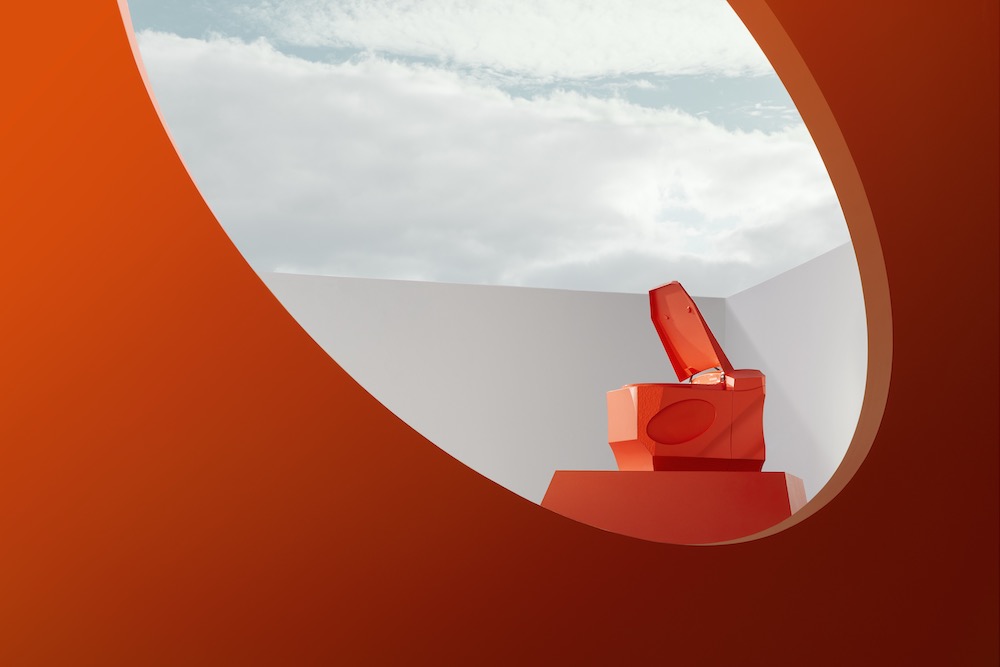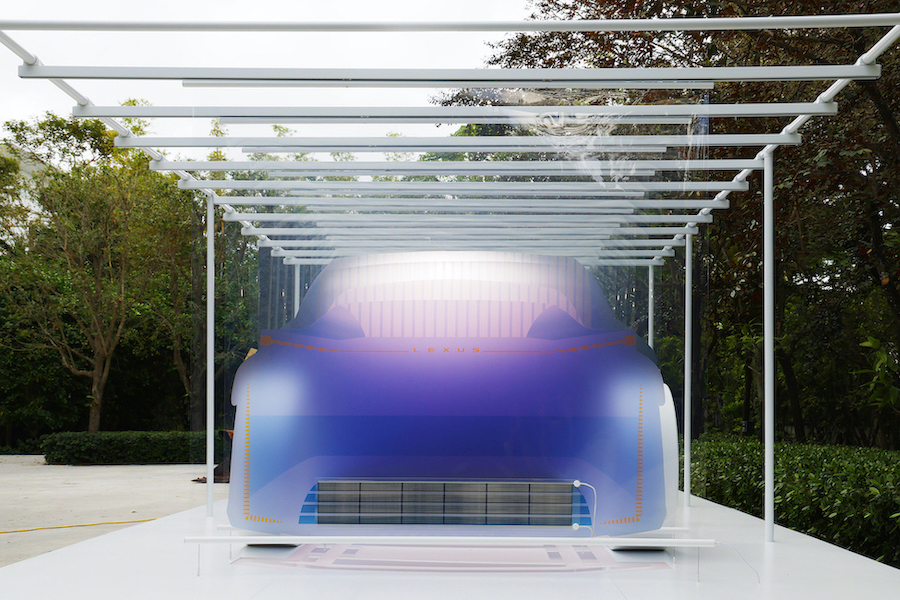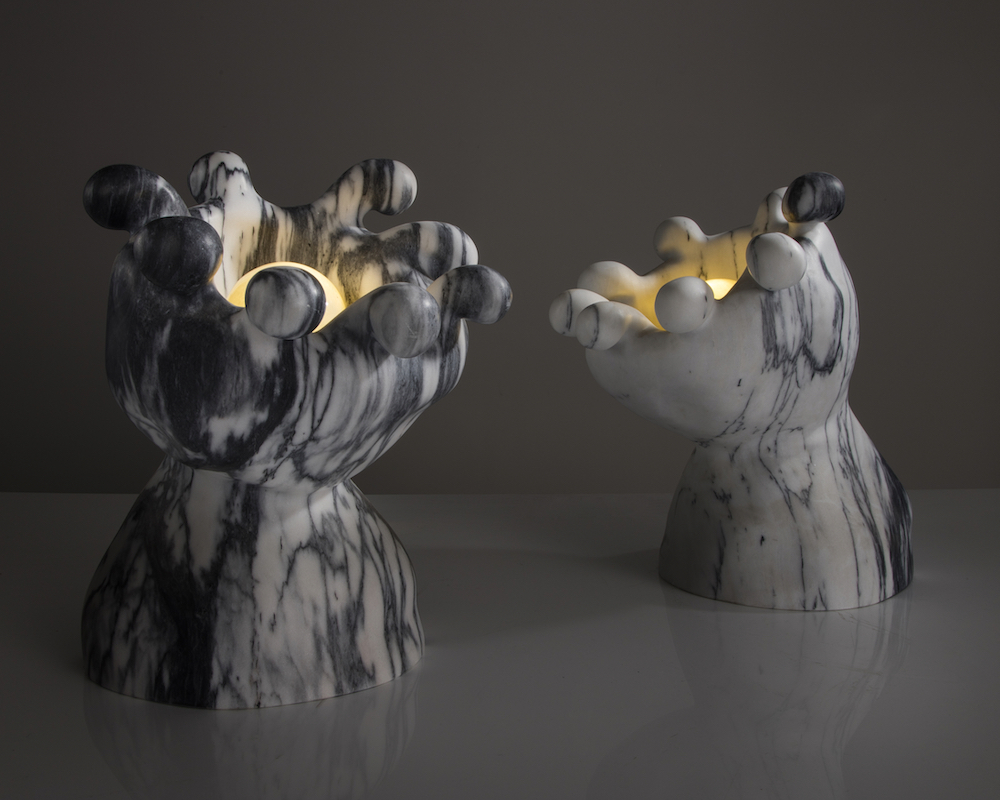From a young age, Yoshihiro Sawa was drawn to cars, enjoying the satisfaction that comes from creating and building, the dynamism of an automobile’s scale and speed. Today, as the president of Lexus International, he gets to live and breathe within a design world that brings together vision, technology, and aerodynamics—and at the heart of it all is a guiding sense of Japanese beauty. Operating between elements of what he describes as simplicity, mystique, and harmonization, a Lexus vehicle achieves the marriage of superior design, high performance, and, ultimately, the pleasure of the drive.
Whitewall spoke with Sawa-san about the carmaker’s eye toward the future: concept cars, electric models, and the next generation of designers.
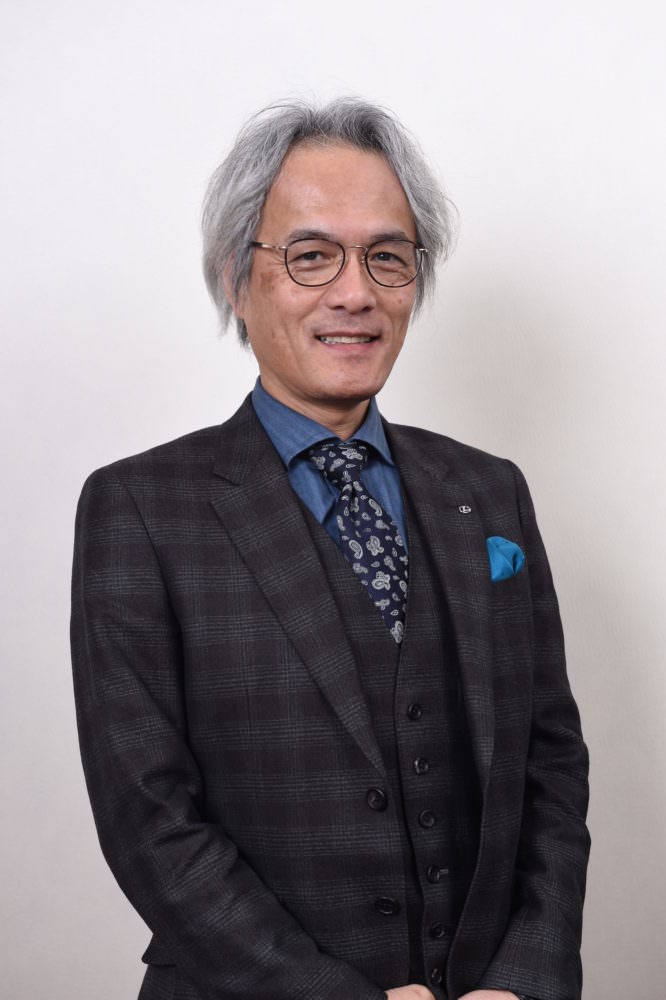
Yoshihiro Sawa
Courtesy of Lexus.
WW: In regard to the design approach of Lexus, you’ve talked about capturing a Japanese sense of beauty. Could you define that for us?
YS: Japanese concepts, culture, and traditions are really best understood through firsthand experience, rather than through words. The simplest way to introduce someone to the intangible concept of Japanese aesthetic is by describing what lies at its core, and I believe it is a combination of elements of simplicity, mystique, and a harmonization of seemingly opposing elements.
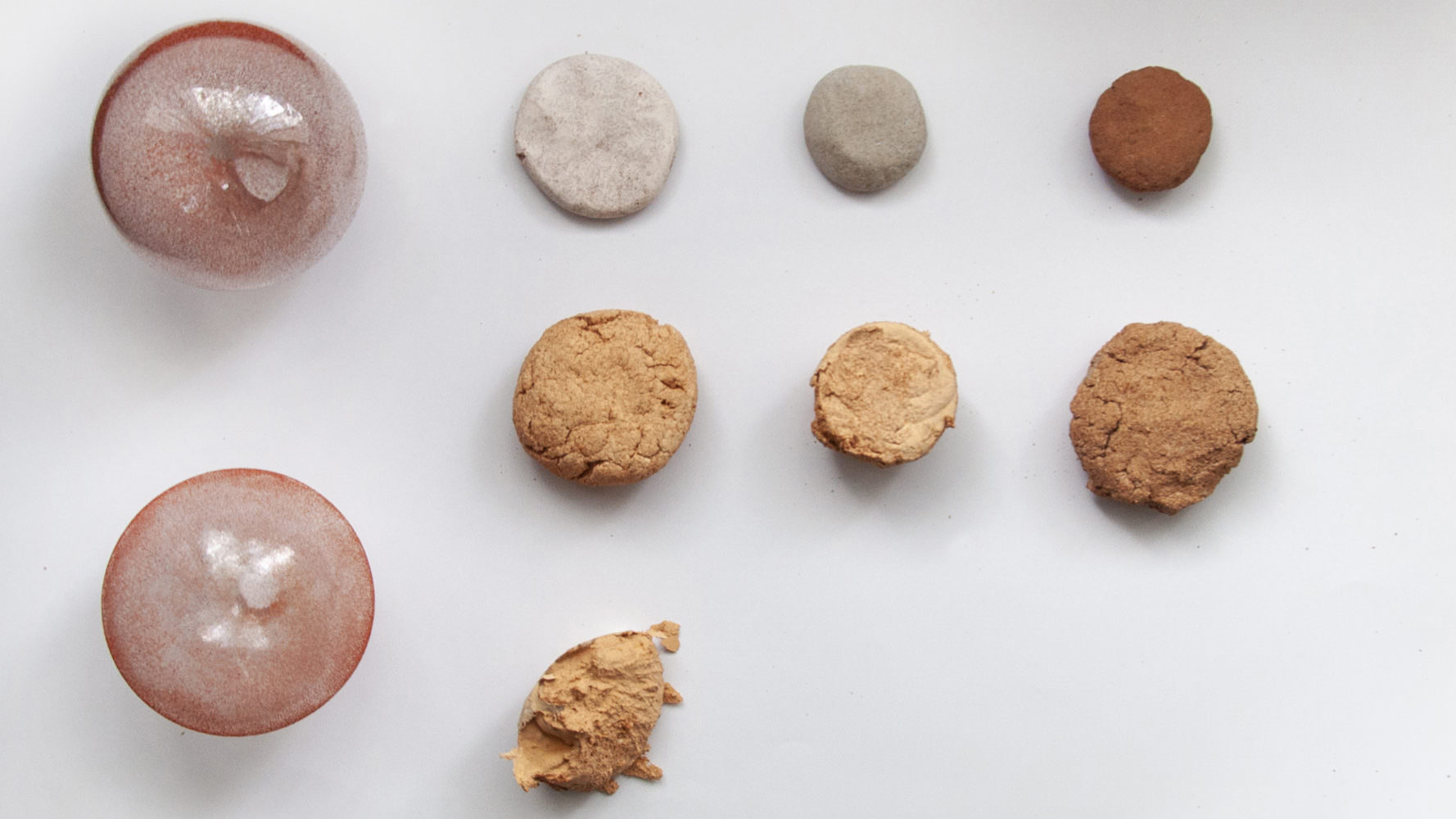
Arenophile
Lexus Design Award 2019 finalist
Courtesy of Lexus.
Simplicity is best exemplified by Japanese gardens, and interior design of traditional dwellings. Free of clutter and distractions, it is assembled or designed with only what is absolutely essential, and these essential elements are beautifully crafted.
Mystique is about being fascinating without being obvious. There is an air of mystery that is intriguing, capturing the viewer’s attention, inviting them to further explore, understand, and appreciate.

BALUTO
Lexus Design Award 2019 finalist
Courtesy of Lexus.
Harmonization of opposing elements requires a delicate balance. Think about design that is both elegant yet understated, simple yet sophisticated, fascinating without being obvious, and that enables fuel-efficiency without sacrificing performance.
WW: Last year, the Lexus LF-1 Limitless concept car debuted. Can you tell us about how the design centered around the concept of “molten katana”?
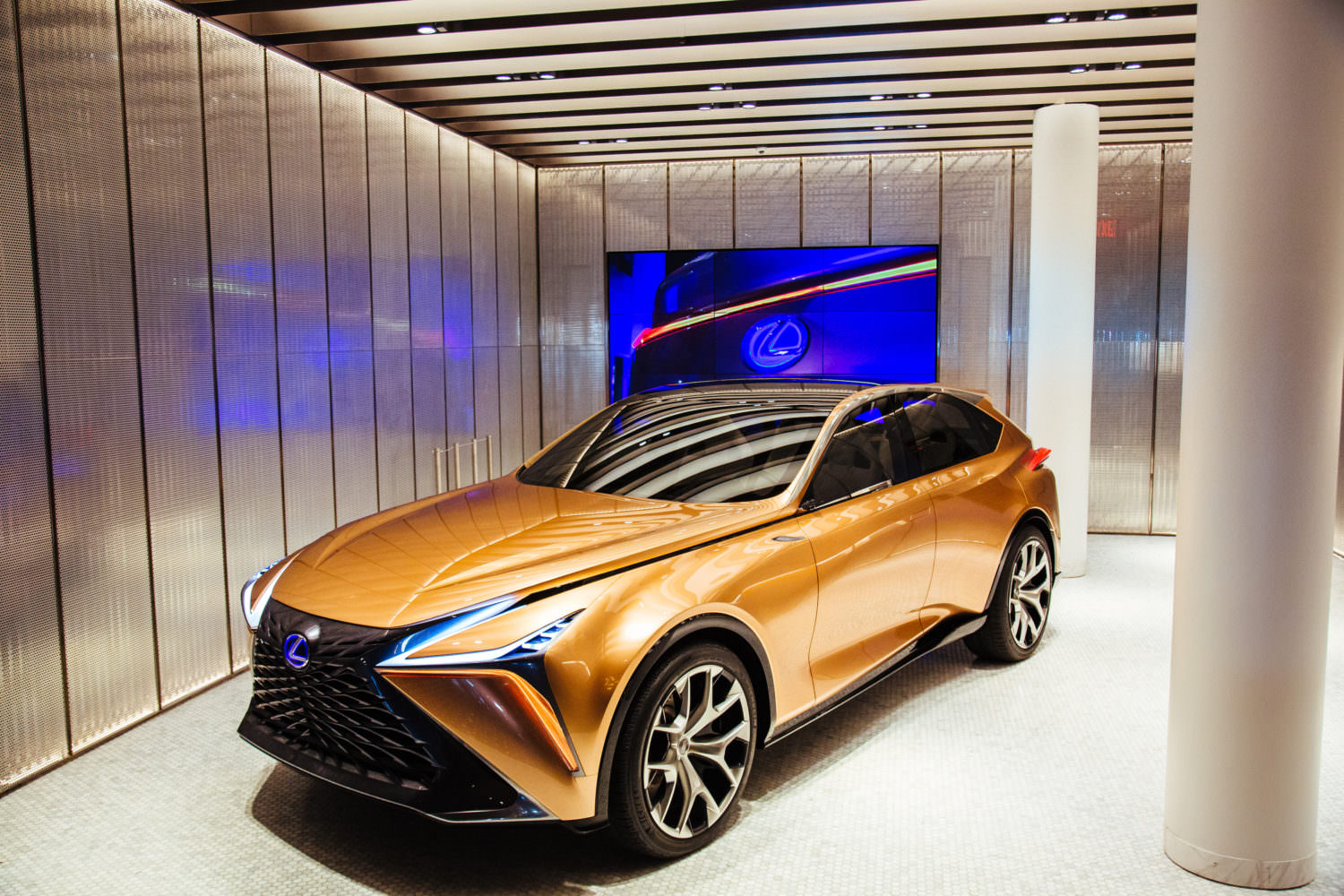
Courtesy of Lexus.
YS: The LF-1 Limitless design concept known as “molten katana” captures the feeling of strength and grace seen in the fusion of the organic shapes of liquid metal with the sharp edges of a traditional Japanese sword. It calls to mind images that shift from a smooth, flowing mass into a solid, chiseled shape. This visualization formed the basis for the fluid yet aggressive design of the LF-1 Limitless.
WW: By 2025, all Lexus cars will be available either as a dedicated electrified model or with an electrified option. How crucial is this for the future of the brand?
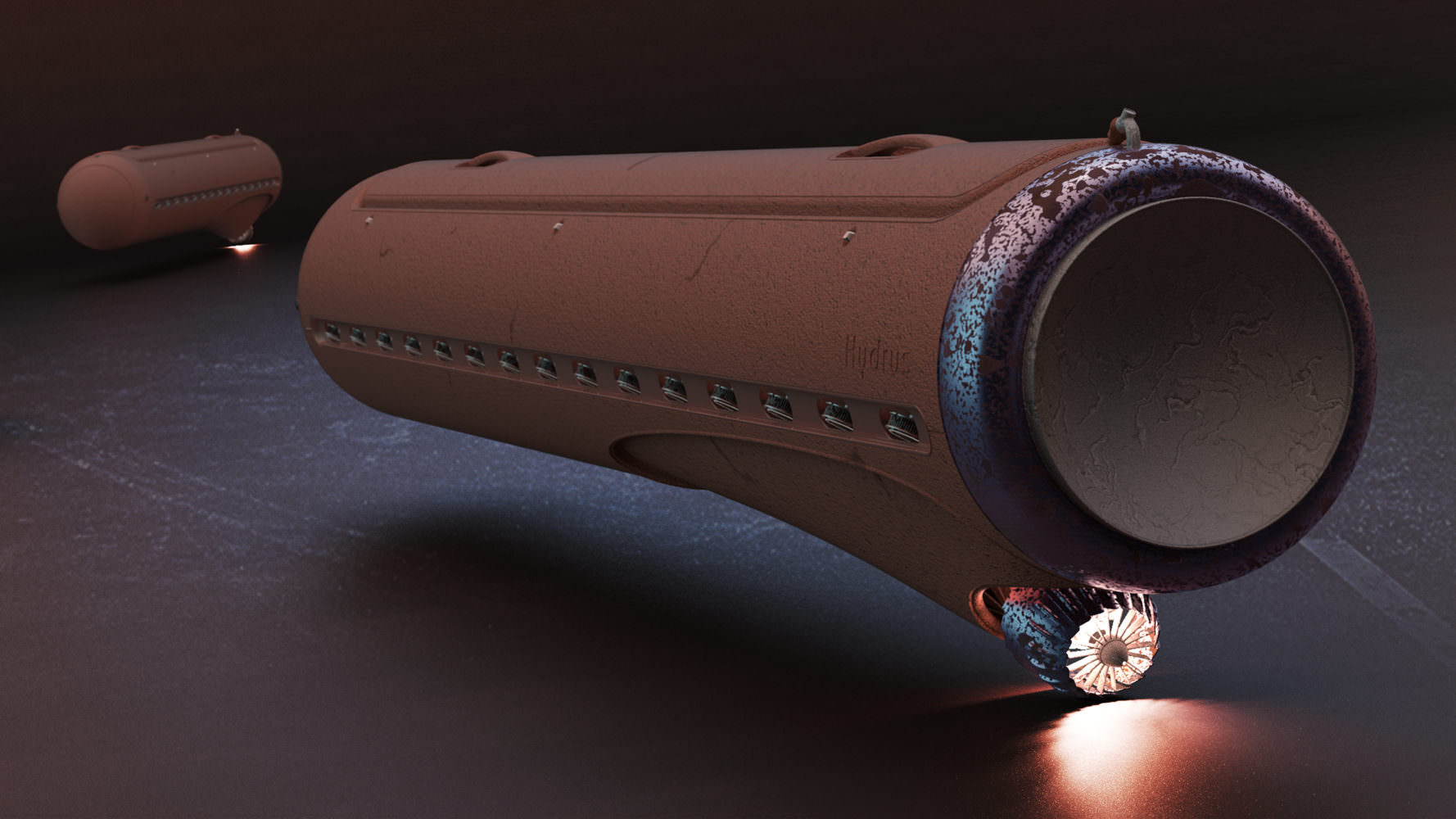
Hydrus
Lexus Design Award 2019 finalist
Courtesy of Lexus.
YS: We believe in providing freedom of movement, and that requires the ability to offer mobility solutions that suit a variety of needs. One of the ways we can enable this is by developing multiple technologies to power our vehicles. For example, while we understand that there is a need for electric-powered vehicles, we can also see that full EV will not suit everyone.
In the future, the car as we know it today may simply be a shell capable of being customized to deliver a specific experience and service desired by its user/owner.
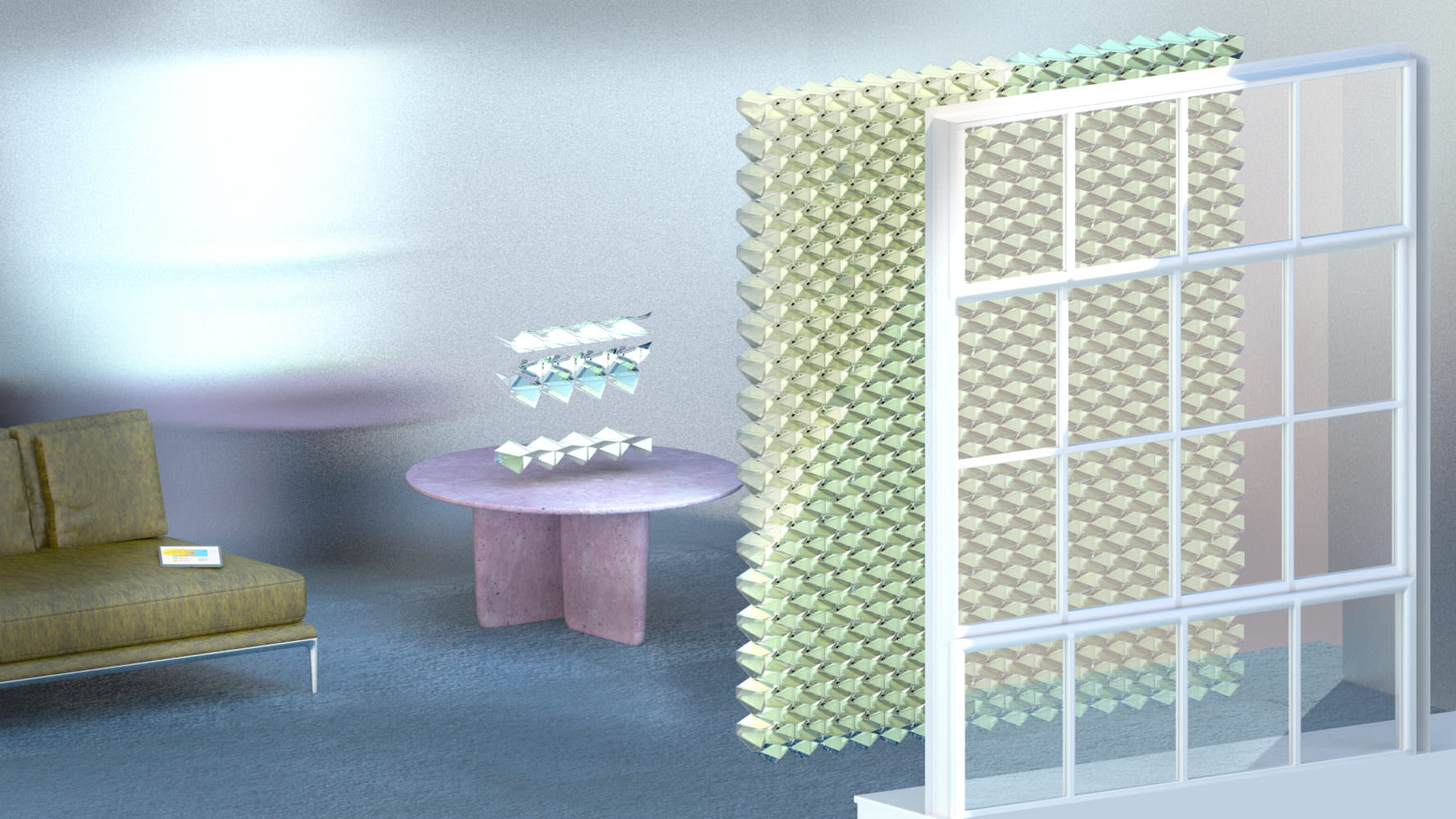
SOLGAMI
Lexus Design Award 2019 finalist
Courtesy of Lexus.
As a brand, we are committed to designing solutions that contribute to a better tomorrow for individuals and society. Our plan to offer an electrified option for each of our Lexus models is crucial, not only for the brand but for our world’s increasingly crowded cities. More sustainable means of transport are crucial to help ease the strain of urbanization on our world’s cities and on our environment in general.
WW: Since 2013, Lexus has invested in emerging designers through the Lexus Design Awards. Why is it important to nurture this next generation?
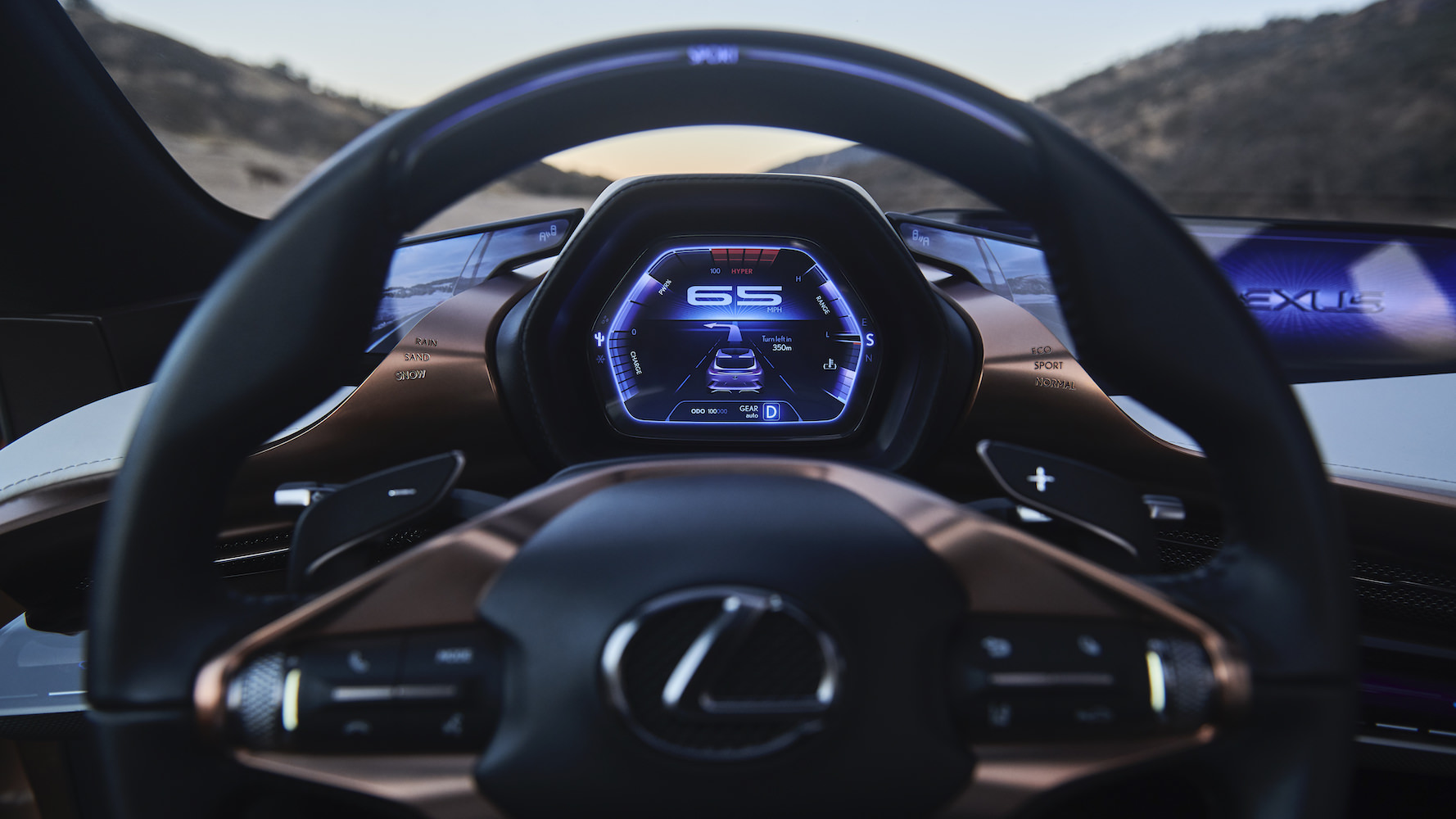
Courtesy of Lexus.
YS: Each generation is faced with a different landscape and set of factors, conditions, and challenges than the previous generation. Thus, each will require different skills to design solutions relevant to their generation. Each generation will also need an inexhaustible pool of innovators who leverage the power of design in creative ways to spark new ideas and conceptualize transformative solutions that can shape behavior and even change lives.
Also, mentoring the next generation offers the opportunity for mentors from previous generations to learn from the younger, more tech-savvy mentees of today.
WW: What are the major design concerns you are seeing young designers focusing on?
YS: Increasingly, designers are focusing on social consciousness and the impact of their solutions on social issues facing their worlds. This leads to ideas that look to solve real problems, rather than designs that are just pleasing to the eye. The challenge of great design is to do both.
Design is bigger than aesthetics or just designing. With big data, IoT, everything is connected now. As we ensure empathy for end users, we need to ensure designers empathize with other disciplines/functions as well, and vice versa.
The design challenges ahead will be more complex and thus will require several disciplines, or even fields, to come together. Understanding across disciplines, such as psychology, data science, technology, and economics, will be necessary as boundaries continue to blur.




